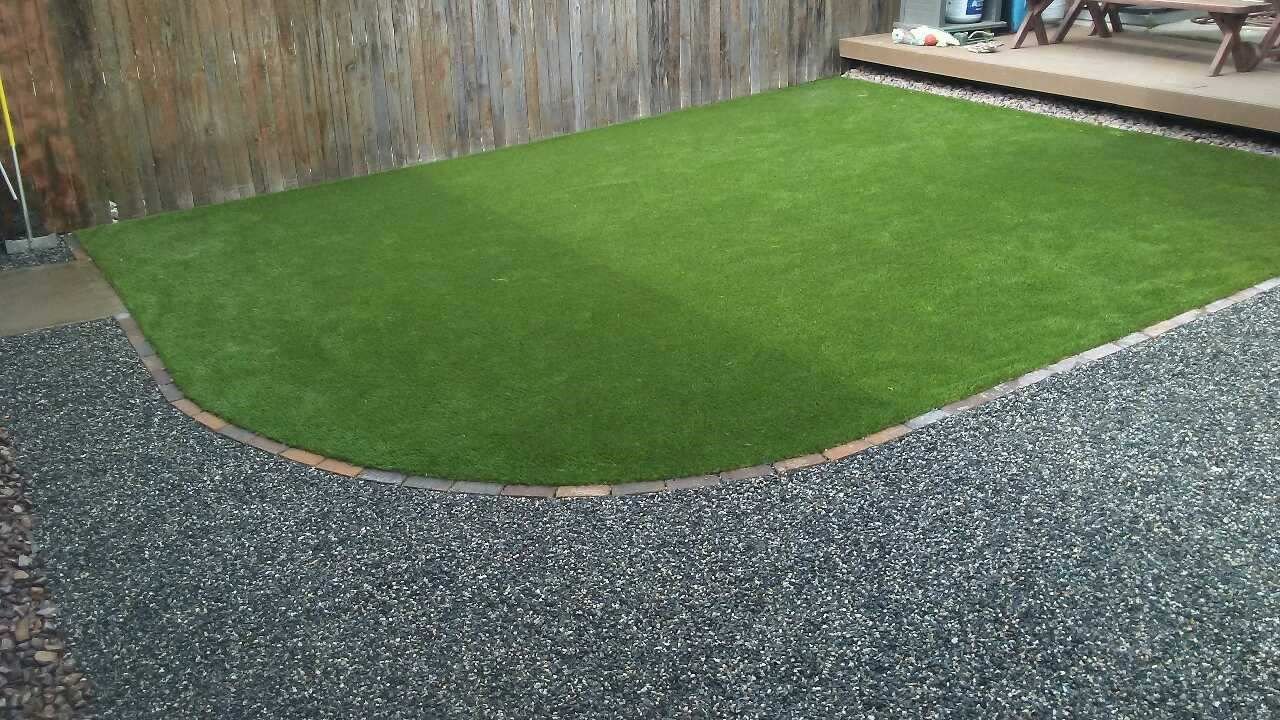The 5 Types of Edging for Your Garden
Edging for your garden is more than visually pleasing; it also separates varying areas of your yard. If you are seeking to add a little curb appeal or maybe just a clean line to separate your flower beds, the material you settle on for your edging will surely be significant. With so many different kinds of materials, making the correct choice can be frustrating. Let's discuss some of the five most popular types of garden edging, which are wood, pavers, stone, plastic, and metal. Each one has its strengths in creating a fantastic, eye-catching landscaping effect.
1. Wood Edging
Why Choose Wood?
The most classic choice would be wood edging, giving a very natural touch to your garden. Wood edging also brings the flexibility of having either straight lines or curved lines, depending on the kind of design you desire. Aside from the flexibility offered by the wood edging, these edgings are relatively easy to install, which makes this ideal for do-it-yourself enthusiasts.
Types and Considerations
Two of the most commonly used types of wood for gardening edging are cedar and redwood. These resist rot but do remember: wood needs periodic maintenance to avoid rot and weathering.
2. Pavers Edging
Durable and Stylish
Pavers offer a durable and stylish solution for garden edging. Available in various materials like concrete, brick, and stone, pavers can be arranged in different patterns to complement your garden design.
Installation Tips
While paver edging can be more labor-intensive to install, the results are often worth the effort. It's crucial to lay a solid foundation to ensure the pavers remain stable over time.
3. Stone Edging
Natural Beauty
Stone edging provides a natural and timeless look that blends seamlessly with any garden style. It is a popular choice for those seeking a rustic or formal garden appearance.
Types of Stone
Options range from large boulders to small pebbles. The key to stone edging is in the selection and placement, as each stone should fit well with its neighbors for a cohesive look.
4. Plastic Edging
Affordable and Easy
Plastic edging is an affordable option that is easy to install and maintain. It is flexible, making it ideal for creating curved garden borders.
Practical Use
While plastic may not offer the natural look of wood or stone, it is efficient for those on a budget or looking for a quick solution. Plastic edging is also great for keeping grass and weeds away from garden beds.
5. Metal Edging
Sleek and Modern
Metal edging is known for its sleek, modern appearance and long-lasting durability. It is perfect for creating clean lines and defining garden boundaries.
Types of Metal
Two of the most common metals used for edging are steel and aluminum. Steel offers a very robust border, whilst aluminum is more resistant to rust and corrosion, thus more suitable for other climatic conditions, such as wet climates.
Elevate Your Garden Aesthetics with Thoughtful Edging Material Choices
When it comes to edging your landscaping, the difference that your garden edging material will make can be vast in regard to appearance and maintenance. Be it the natural appeal of wood and stone, the durability of pavers, the affordability of plastic, or the sleekness of metal, each offers something special. The variety of edgings will depend on the style of your garden, budget, and particular climate conditions in your area. Based on these options, you can opt for the best edging for your space. Therefore, with the right edging, you can create an attractive and structured garden to enhance the exterior of your home.
Ready to transform your garden with stunning, durable edging? Contact Highlands Landscaping today and let us help you choose the perfect material for edging landscaping to enhance your outdoor space. Make your dream garden a reality with our expert team!

